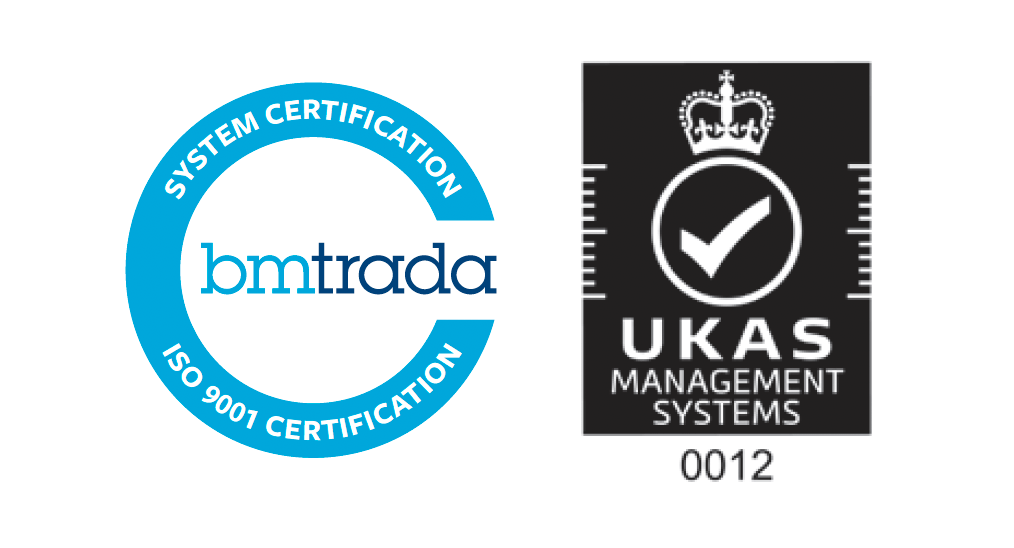New Drug Implementation
A large pharmaceutical company achieved executive public body approval for a new drug with the company and the national health system network agreeing to introduce the drug to the national market. This avoided the need for a field force, with implementation support provided by national health system, who would oversee implementation in primary care areas. A decision was made to introduce the drug through primary care instead of utilising secondary care specialists, assuming this would lead to a faster uptake and offer an equitable introduction to the innovation.
What did we do?
For governance specifically, numerous challenges were identified across the programme, including:
- Lack of central PMO function to support the programme
- Multiple meetings with overlapping membership
- Misaligned expectations
- No escalation framework
- Vague and infrequent reporting
- Implementation plan external to the national health system
The underdeveloped narrative had its own issues, including:
- Lack of the national health system senior clinical leaders to champion the narrative/case
- Indication and pathway management lost in overarching narrative
- Too much focus on pharmaceutical company agreement rather than potential drug benefits for the wider population
What did we do?
We conducted a governance review to establish clear routes from national-to-local level, between the pharmaceutical company and the national health system, and proposed a new streamlined governance structure and adequate programme resource with formal PMO function. The necessary clinical leadership required to successfully deliver the programme was clarified and formally engaged and the needs for the national health system to support adoption and spread were crystalised.
To address concerns surrounding the narrative, key national health system clinical leaders at national and regional level were identified and engaged, and with their steer, a new narrative was iterated and developed. Cascade routes for dissemination of this narrative down to the frontline were also identified. An evidence-based narrative was established, with support offered to a simple protocol to link into the explicit therapeutic area pathway.




